If you’ve been following the news in South Australia over the past few months, you’re probably aware of the many hectares of dead, dying and distressed vegetation in the St Kilda salt marshes. The most recognisable of these is the iconic grey mangrove, Avicennia marina, which can be seen up close from the St Kilda mangrove boardwalk. This experience was until recently much loved by visitors from all walks, from tourists to teachers and school children.
The lesson to be learned there today is a different one. The dead trees speak of total regulatory failure and a government desperately indifferent to the care and maintenance of natural systems. Despite known risks and predictable harm, former salt-producing ponds were full of brine in 2020, after having being drained completely back in 2014. The gypsum linings within some ponds cracked after draining, which created pathways for the ponds, once refilled, to leak hyper-saline and acidic brine into adjacent wetlands with devastating effect.
The story so far reads like a slow-motion train-wreck. Early warning signs were noted by local resident and salt marsh scientist, Peri Coleman in mid 2020. It was only after 10 hectares of mangroves died in a matter of weeks later that year that more attention was drawn from the body politic. It was concluded that the best way to stem the ongoing harm would be to stop the flow of brine from the leaking ponds, by pumping it into ponds with linings that were still intact. There are complications with this as the salt is now crystalising, making the liquid harder to pump away. Excuses aside, the pumping hasn’t been successfully completed.
Ultimately, the whole former salt field will need to be remediated, landscaped and re-vegetated, but it looks to me like the current lessees, supported by the Marshall state government, are intent on delaying any work and associated expense for as long as humanly and politically possible.
With an impact zone of some 190 hectares recently calculated, and the extraordinary delays in the long-overdue overall site remediation work fly in the face of the wetland’s known ecological significance. This area is a critical nursery for fish and marine invertebrates. It is celebrated destination for migratory shorebirds, designated an International Bird Sanctuary.
It also flies in the face of the adjacent waterways’ status as a dolphin sanctuary. If the dolphins are to flourish and thrive in Barker Inlet and the Port River, they need healthy, productive habitats to produce the fish and crustaceans that make up their diet. Young fish and invertebrates can’t live in water with salinity levels up to 10 times saltier than normal. While tidal flushing will help dilute and disperse the brine gradually over time, the crystallised salt, unless it too is removed, will remain a lingering problem for many years to come. Both the brine and salt crystals clearly need to be removed and isolated from the surrounding wetlands and watercourses as a matter of urgency.
A few years ago, I designed a community cultural development project called It Came from the Harbour, which was realised with the Port Adelaide Artists Forum and funding from the state government via Arts SA. That project began the task of informally quantifying the biodiversity of the Port River estuary using citizen science… everyday people taking photos and identifying plants and animals. That work is ongoing, but already roughly 400 species of plant and animal life have been identified. Until 2020, I had felt generally optimistic about the future of the estuary, as pollution loads from industrial sources have reduced significantly. The last milestone was the end of the nutrient pollution input from the Penrice Soda Ash factory in 2013, which used to flow freely into the river. Now it seems that the estuary remains haunted by the dead enterprise, as the salt field was only economically viable while Penrice’s plant was operating.
The St Kilda salt fields brine spill event bucks the general trend in the estuary toward healing. In fact, it sets it back decades. It has been heartbreaking to watch unfold and it may yet go down in South Australian history as the state’s worst man-made marine environmental disaster. The other lead candidate is the 1992 Port Bonython oil spill, whereby a shipping accident released 300 tonnes of Bunker C crude oil into the sea. That event also caught the government off guard and killed mangroves and seagrass southwest of Port Pirie. That event has taken decades to recover and the recovery is ongoing. Since then, improvements have been made in shipping technology (thicker hulls) to reduce the likelihood of a repeat event, but it took a worldwide awakening to the harm caused by oil pollution of the sea to force the shipping industry to raise its standards.
In the year 2021, there’s really no defence for allowing a predictable, man-made disaster of the salt fields variety to occur. In my opinion, it points to a broader problem: government’s ongoing failure to duly consider and mitigate the risks associated with legacy mining and industrial sites. This has been an area of personal study for me, since starting work on a documentary film called Cuttlefish Country a decade ago.
Several other coastal sites in South Australia with similar problems spring immediately to mind. At Rapid Bay, one of South Australia’s premier dive sites and a hotspot for Leafy sea dragons, sits a practically abandoned limestone quarry. When it rains, lime leeches into the bay, clouding up the water and reducing visibility. This limits the seasonal appeal of an otherwise popular dive site. The lease also encroaches on the foreshore itself, preventing the development of basic amenities to better cater for bay’s two main user groups: divers and fishers.
At Port Pirie, the tailings ponds from a uranium mill (a radioactive health hazard) lie fenced off at the foreshore. That site can be inundated with seawater during a king tide, and tidal inundation will happen more frequently as melting polar ice caps and glaciers continue to drive sea levels upwards. In the 1970s, the site was unfenced, and children used to swim and play in and on the tailings dams, unaware of the radiation hazard they were exposing themselves to. I have been told that the documentary film Backs to the Blast helped prompt the erection of fences and radiation hazard warning signs and depositing of lead slag on top of the tailings to protect the public. Yet the problematic radioactive mineral waste still lies buried below.
The fly-ash pond at the former Port Augusta power stations is one legacy site that has actually received some meaningful remediation. That success only followed residents’ vocally campaigning for remediation pointing to the health hazards, including risk of cancer and silicosis, posed by fly ash blowing into nearby residential areas.
The pattern in all of this is clear. Without public outcry, regulatory complacency and or negligence is to be expected. As are perpetual delays staving off site remediation. Nothing happens without people making noise about it first, and stamina as well as volume is required. People need to get into the ears and minds of politicians at all relevant levels of government.
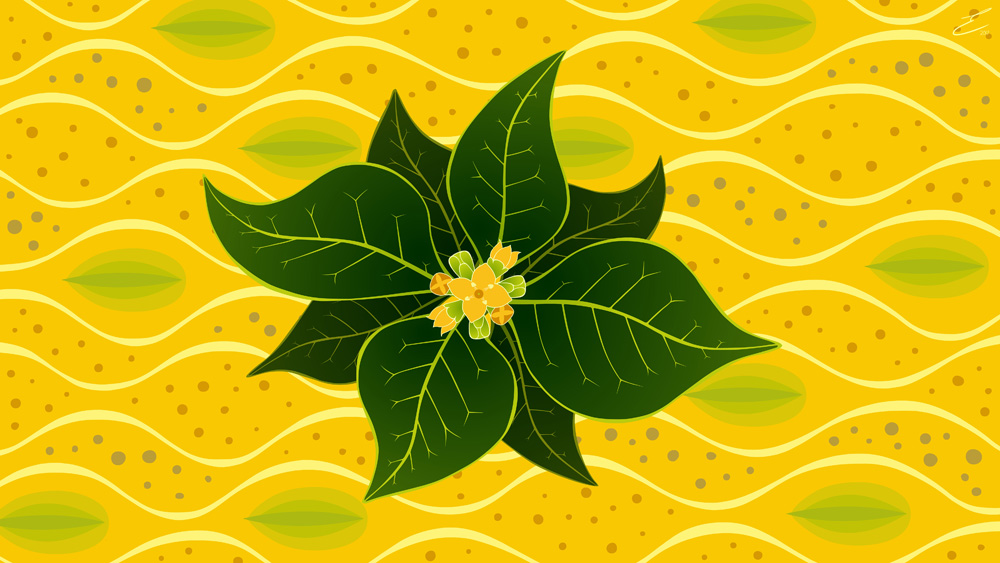
In the case of the unfolding St Kilda environmental disaster, interested people should contact the councilors of the City of Salisbury, and relevant ministers and opposition members in the state government. The Federal environment minister and shadow minister also need to hear about the damage to the salt marsh, which is a protected ecological community under the EPBC Act. I’m including contact details for you below this article.
When you call, visit or write, be sure to stress the urgent need for remediation of this site, beginning with the pumping of the brine out of the leaking ponds to honour this region’s known ecological value. This is the only way to give it any fighting chance of recovery.
| Name | Party/Entity | Relevant Role | |
| City of Salisbury | Council | Local government, general contact | city@salisbury.sa.gov.au |
| Dan van Holst Pelekaan | Liberal | Minister for Energy & Mining | dem.ministervhp@sa.gov.au |
| David Speirs | Liberal | Minster for the Environment | minister.speirs@sa.gov.au |
| Steven Marshall | Liberal | State Premier | premier@sa.gov.au |
| Peter Malinauskas | Labor | Leader of the Opposition | croydon@parliament.sa.gov.au |
| Susan Close | Labor | Member for Port Adelaide, Deputy Leader of the Opposition | ptadelaide@parliament.sa.gov.au |
| Mark Parnell | Greens | MLC | Parnell@parliament.sa.gov.au |
| Tammy Franks | Greens | MLC | Tammy.Franks@parliament.sa.gov.au |
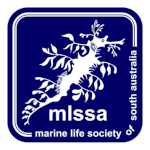
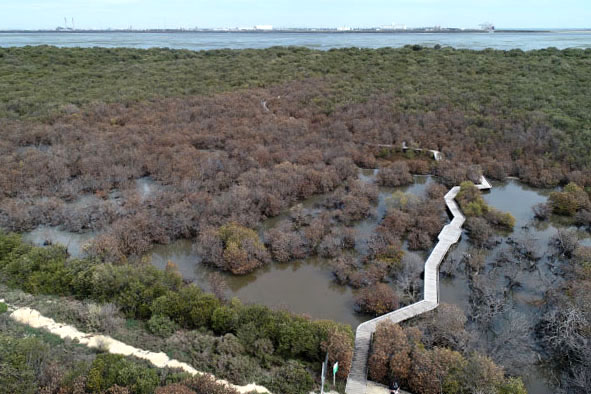
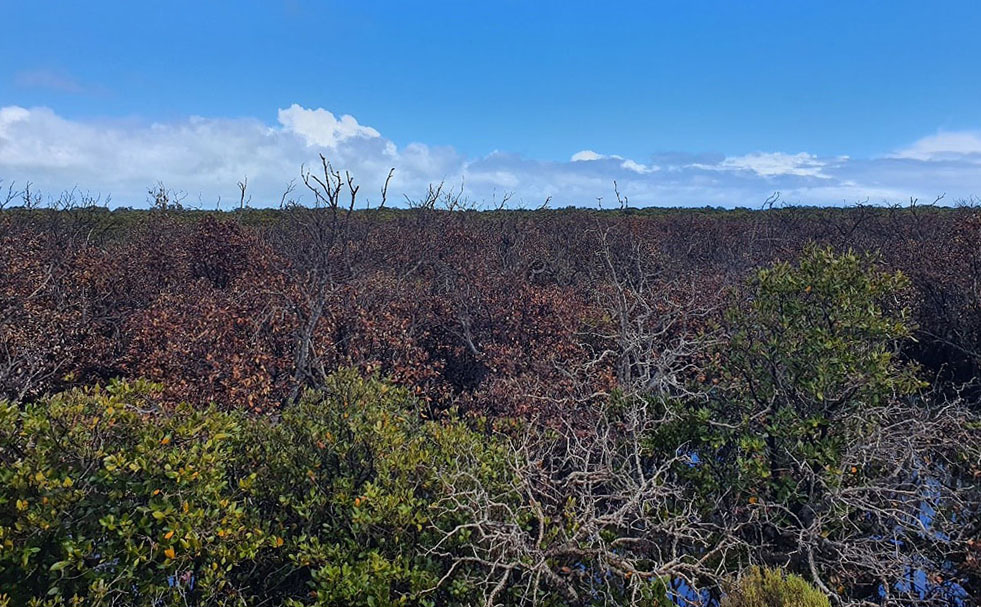
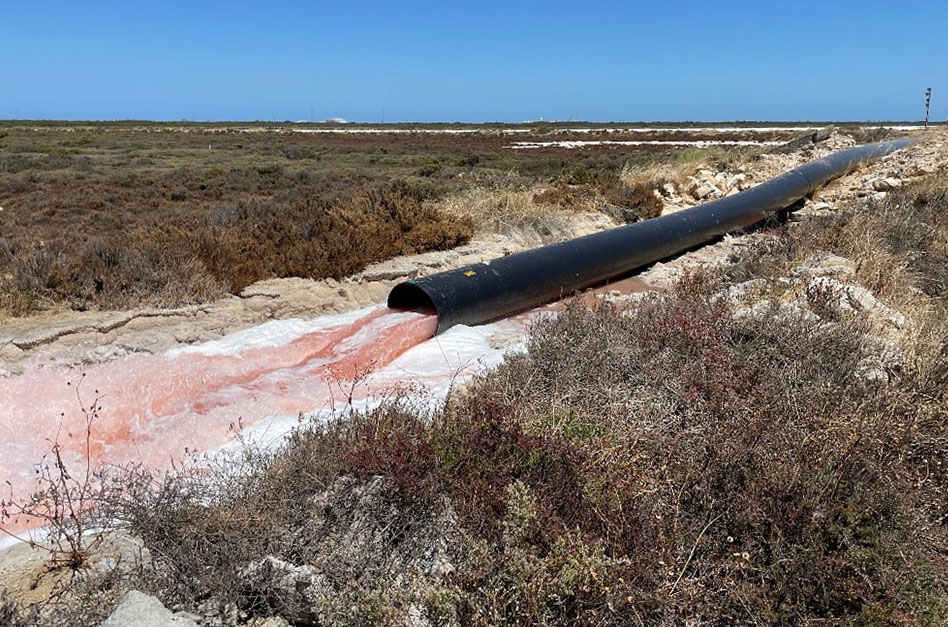
Have you looked into this area being protected as part of the Ramsar Convention as are the wetland area we just walked in Westerport (Victoria) Warringine Park (is just one of similar worldwide). These attract both Federal and State funding that is then distributed to the Council and Rangers and into various Wetlands interest groups, Landcare etc.